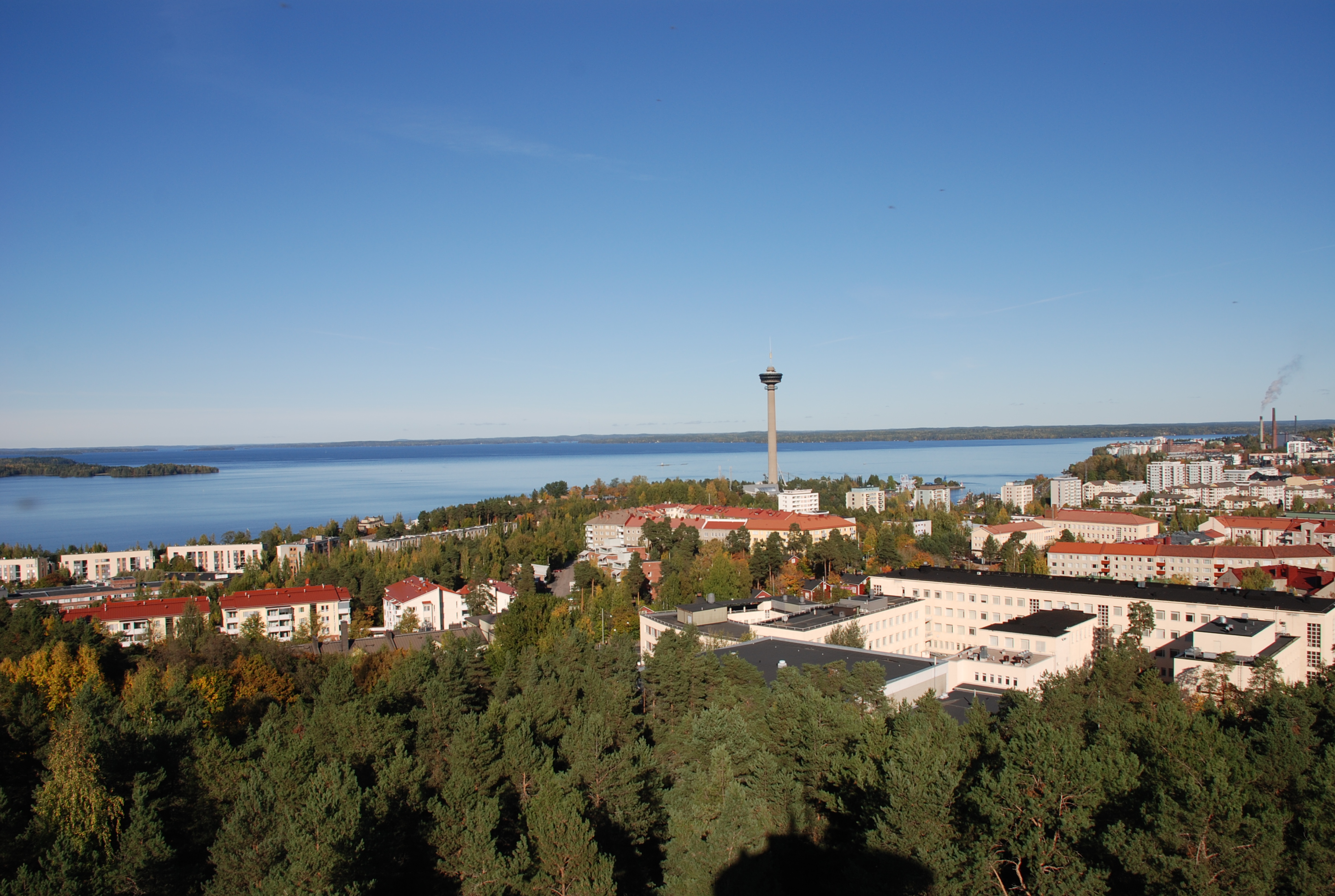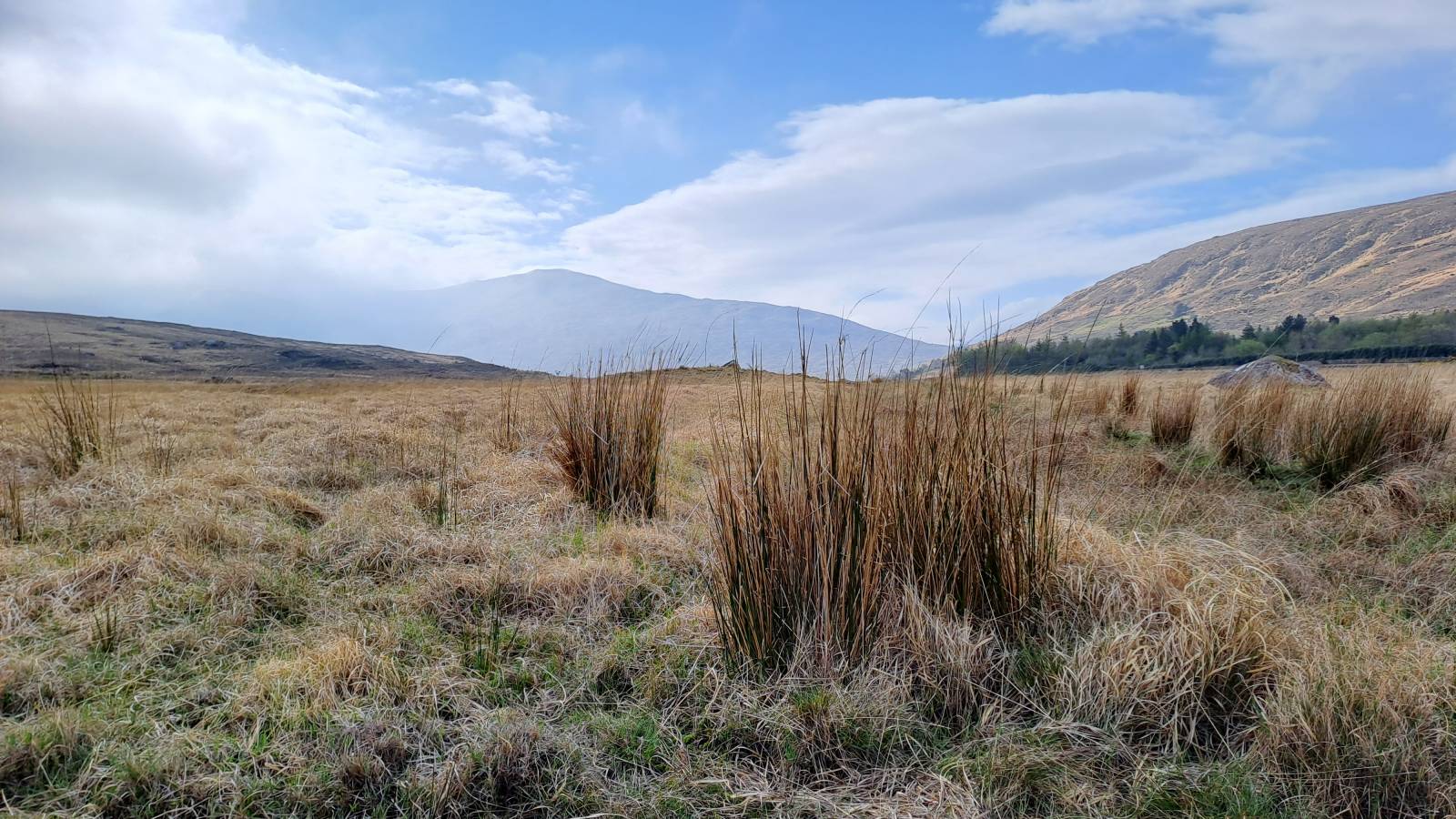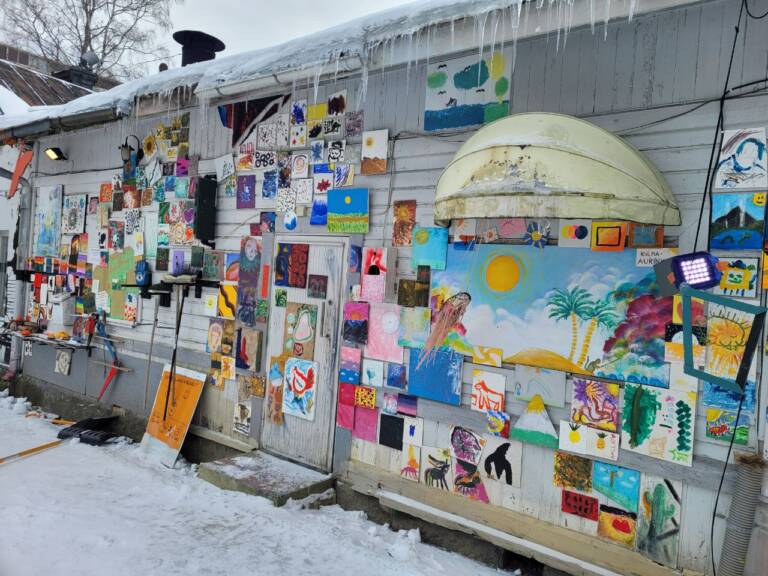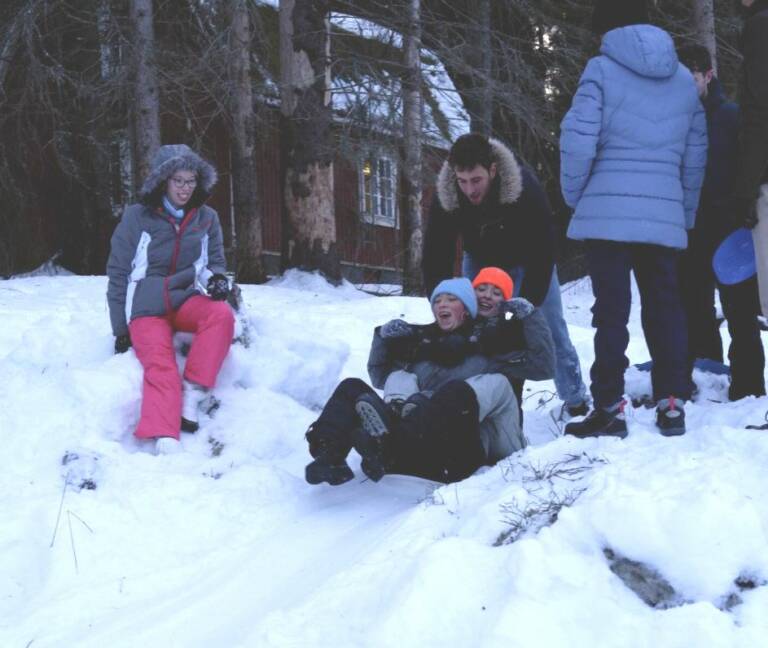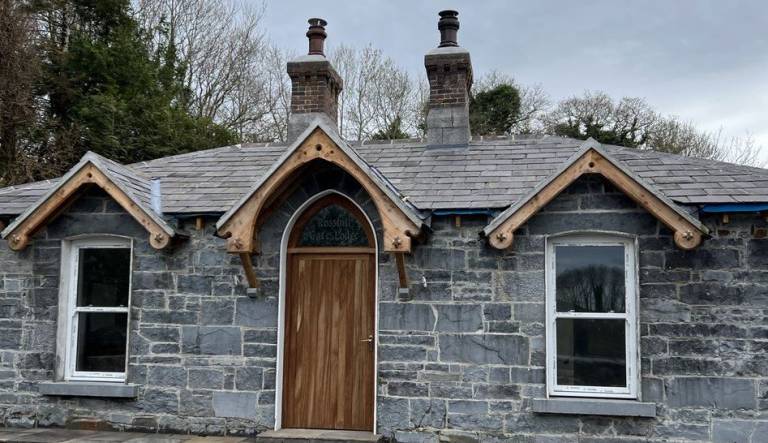One aspect that particularly captured my interest was the different environmental management issues and how locals were involved in preserving nature. Ireland, being predominantly privately owned land with extensive agricultural use, faces unique challenges in terms of environmental change driven by farming practices and intensified land use. In some cases, environmental change was also driven by local human activity. Therefore, it is crucial to educate and involve farmers and local communities in nature conservation projects to ensure the protection and preservation of the natural environment. From all the learning experiences and beautiful sites we visited, I share three interesting cases of nature preservation projects that showcase the essential role played by local community engagement.
We were staying in Joyce Country and the Western Lakes Geopark region. This area has geological significance, and it is expected to apply for UNESCO Global Geopark status. We learned that the representatives of the Geopark have a holistic bottom-up approach, emphasizing the involvement of local communities and authorities. By fostering collaboration, this geopark aims to promote sustainable development and protect the area while considering social and community-related aspects alongside its geological heritage.
Local Farmers Protecting the Pearl Mussels

We had the opportunity to meet a local sheep farmer, Colm Gavin, whose sheep roam around his 110-hectare farm all year. Through the valley where his farm is located runs a river that is one of the most important sites for freshwater pearl mussels. The mussels’ survival relies on good water quality, and to ensure their survival, Colm has joined a freshwater project. These mussels can live up to 140 years, however, the population has dramatically decreased because of intensive land use. In the project, he and other farmers are educated to manage their land in ways that enhance water quality. His farm has three meters of rainwater coming down the mountain each year. To slow down the flow and take care of the water quality before water reaches the river, he now has silk traps and peat plugs placed on his land.
Part of the freshwater project is to destroy invasive species of plants on his farm and take care of the diversity of plants. We learned about invasive species of plants and how they are very hard and expensive to get rid of because the acid soil is perfect for their spreading. The problem with invasive species is that they make the ground poor and are a threat to important pollinators like bees. The project requires a lot of effort, but Colm said he is happy that he does not need to worry about the water quality on his farm anymore. Additionally, this project is publicly funded and contributes to the overall profitability and stability of his farming. He works two days a week elsewhere and must have these other projects besides farming to make it profitable. Without the support, his farming would not be beneficial, as the costs of farming outweigh the income from selling lamb or wool. Thanks to the support, he can continue farming, while enhancing water quality and contributing to the preservation of the pearl mussel. By adopting practices and creating a network of farmers working together for the project, this case demonstrates the role that local farmers can play in protecting biodiversity and ensuring the sustainability of their farming operations.
Protection of Lough Carra habitat
We traveled to the beautiful Marl Lake habitat, Lough Carra, which is an exceptional habitat and home for a diverse species, including the Eurasian Otter, Common Gull, and the rare Lesser Horseshoe Bat. There we were introduced to the Lough Carra Catchment Association (LCCA), which is formed by local people who try to protect and restore Lough Carra, its lakeshore, and the quality of the lake’s drinking water that is used in over a thousand households. The LCCA has played a significant role in establishing the five-year Lough Carra LIFE project, led by Mayo County Council, and funded by the European Commission and project partners. In addition to other goals of the LCCA this project also aims to raise the conservation status of other habitats and species within the catchment. Around Lough Carra, there are about 400 farmers. To tackle the issue of nutrient run-off from agriculture, the LCCA works with 10% of these farmers. With tailored farm plans, the aim is to reduce nutrient input, plant native trees, and improve water quality.

The participating farmers receive financial support for taking part in the scheme, which is why they mainly work with smaller farms, for whom financial support is more valuable. These farms are also often owned by local families that have witnessed the decline in water quality. Finding clusters of farmers in the same area is important for creating an impact and measuring it. Transparency on why certain areas are chosen is important to avoid feelings of excluding some communities and favoritism. Another aspect of the project is to raise awareness among locals and the public about the importance of protecting Lough Carra and how locals can contribute. Educating and working together with the locals is essential to achieving sustainable land use and agriculture, fostering understanding, and promoting cooperation between project workers, landowners, households, and visitors. Ideally, project success and knowledge will encourage more farms and locals to take part in preserving the water and nature of Lough Carra.
Dune Rebuilding and Sustainable Maintenance of Marram Grass

On our visit to Bertra Beach and its beautiful sand dunes, we got the opportunity to participate in nature preservation by planting marram grass. We learned from volunteers and workers from the county council that the dunes are prone to erosion, and they are actively trying to rebuild them. The roots of the marram grass spread very deep and wide, binding the sand together and collecting more sand. Despite being resilient to various weather conditions, marram grass cannot survive people walking on it, causing the grass to die, and allowing the sand to be blown away by the wind.
Sand dunes provide natural coastal protection against storms, waves, and flooding. In doing so, they play an important role in decreasing the impacts of climate change and environmental hazards. Coastal erosion is a widespread issue in coastal areas of Ireland, and declining sand dune stability affects the local community, farmers, the economy, and the tourism sector. Planting marram grass is effective, as it spreads very easily from just a tiny string of it.
However, rebuilding the dune depends on a local farmer. The grass we planted was taken from a nearby farmer’s land. The current method of replanting, which involves walking on another dune to collect the grass, creates long-term sustainability challenges due to the weakening of the other dune and the lack of a constant supply of marram grass. On the last day of the field trip, a hackathon was organized to develop solutions to the challenges identified during the week. My group started to look for answers to this problem. To establish a reliable and continuous supply of marram grass, our group proposed incentivizing farmers in coastal areas to grow and maintain marram grass by providing them with grants. Additionally, we observed a lack of specific signage explaining the benefits of marram grass and the long-term value of the sand dunes. To address this, some volunteers had already engaged with children from local schools, educating them about the dunes. As coastal erosion in the case of sand dunes is mainly driven by human activity, it requires a change in the culture of visiting the dunes.
Throughout the week, we saw how cooperation with the locals, landowners, and farmers is essential for the protection and preservation of nature on the west coast of Ireland. These three interesting cases of nature preservation sought answers to different environmental management issues through community involvement, raising awareness among the local community and visitors. They demonstrate how local community involvement can help establish human-nature balance and how local cooperation can be a key to successful nature preservation.
Reetta Pitkänen
Reetta participated in the Erasmus+ field trip to the West of Ireland in April 2023. The trip was organized by Dublin City University in collaboration with Tampere University and Utrecht University.
Images in this post were taken by Salla Jokela

